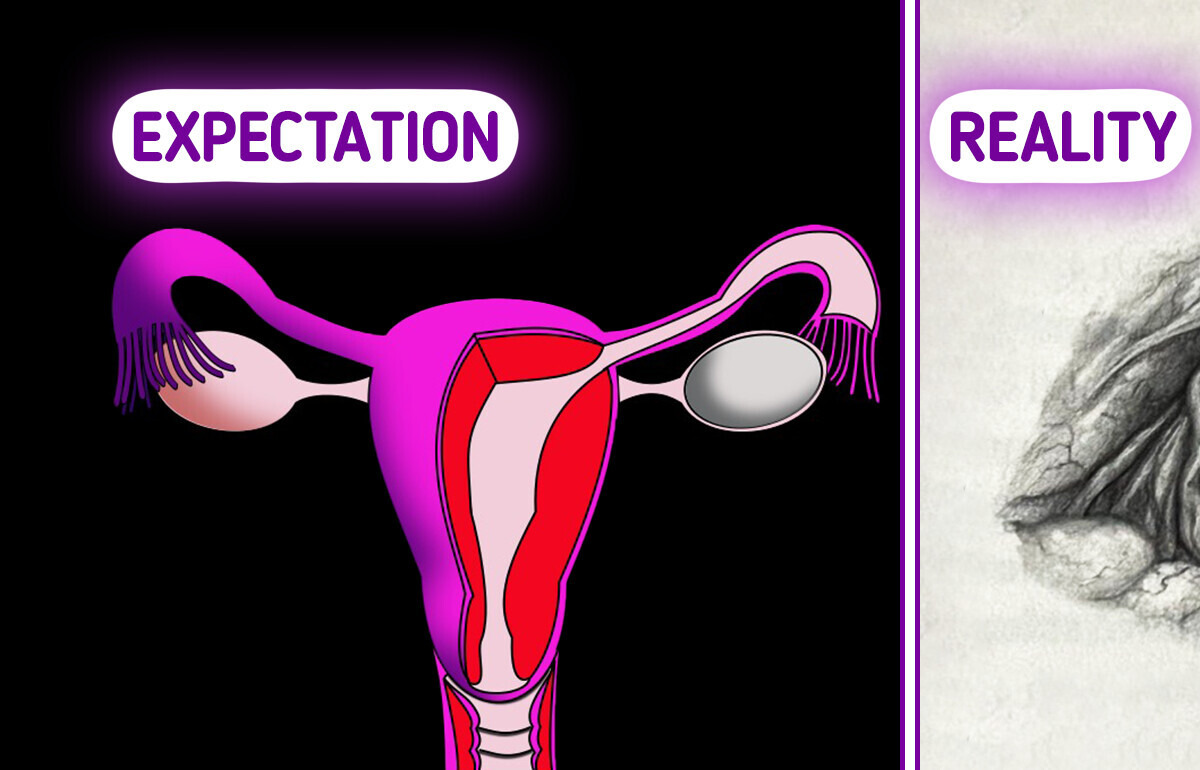10 Daughters-in-Law Who Tore Their Families Apart From the Inside


The human body is a walking wonder—packed with secret features, bizarre abilities, and mind-blowing facts that most people have never even heard of.
From strange built-in defenses to mysterious inner mechanisms, your body is doing some pretty wild things... whether you notice or not.
It may sound and look creepy, but all of us have lots of tiny mites living in the pores of our facial skin at any given time. They are too small to see with the naked eye and are called Demodex, or eyelash mites. Mostly transparent, these mites eat sebum but cannot excrete. They explode at the end of their life cycle, and the feces are thought to cause an immune reaction and rosacea.
Laser tattoo removal doesn’t actually erase the tattoo itself. Instead, the laser breaks the ink particles into tiny pieces, making it easier for the body’s immune system to flush them out through the liver.
Since tattoo ink is a foreign substance, the immune system naturally tries to remove it, but the particles are usually too big for white blood cells to handle on their own. The laser helps by making the ink small enough for the body to process, allowing it to be cleared out through the lymphatic system.
So, it’s your immune system that actually removes the ink. Once the pigment is broken down, you just pee it out.
If you think you’re fearless, think again—humans are born afraid of two things: falling and loud noises. Every other fear? That’s picked up along the way.
A 1960 study looked at depth perception in infants aged 6 to 14 months and young animals. Researchers placed them on a platform with plexiglass just beyond the edge to see if they would step over the “visual cliff.” Most of the subjects, both children and animals, didn’t step out onto the plexiglass. This instinctive fear of falling is crucial for survival in many species.
When you hear loud sounds, your body usually reacts with a fight-or-flight response. This is called the “acoustic startle reflex,” according to Seth Norrholm, a neuroscientist at Emory University. He explains that if the sound is loud enough, “you’re going to duck down your head. Loud noises typically mean startling. That circuitry is innate.” It’s a response we have that signals something dangerous may be around the corner.
If you find yourself sneezing uncontrollably when suddenly exposed to bright light or intense sunlight, you might have a genetic trait known as “ACHOO Syndrome,” or the photic sneeze reflex. This condition causes some individuals to sneeze multiple times upon entering bright light, even without the presence of typical irritants like dust or pollen.
ACHOO Syndrome is inherited in an autosomal dominant manner, meaning that if one of your parents has this reflex, you have a 50% chance of inheriting it. Researchers have identified multiple genetic markers associated with this reflex, suggesting that several genes contribute to its expression.
While photic sneezing is generally harmless, it can pose risks in certain situations. For example, sudden sneezing while operating a vehicle or machinery can lead to loss of control and potential accidents.
So, the next time you step into the sun and feel a sneeze coming on, remember it might just be your genetics at work!
In severe cases of endometriosis, uterine tissue—normally found lining the uterus and shed during a period—can grow throughout the entire body.
This misplaced tissue has been found in the colon, bladder, lungs, and, in rare cases, even the brain. Because it continues to respond to hormonal cycles and attempts to shed like normal uterine lining, it can cause intense pain and inflammation, as the blood has nowhere to go.
There’s an uncommon neurological condition, called Alice in Wonderland Syndrome, that affects the way a person perceives their body, surroundings, or both.
Alice in Wonderland Syndrome (AIWS) can make body parts or objects seem bigger, smaller, or distorted. These strange perceptions often happen at night.
The exact cause of AIWS is still unknown, but it has been linked to migraines, epilepsy, brain tumors, certain drugs, and viral infections like Epstein-Barr. There is no definite cure for AIWS, but managing migraines with medication and diet can help. In some cases, AIWS can become a long-term condition.
Your tongue is crazy good at sensing textures. So much so that just by looking at something, you can almost feel what it’d be like to lick it. Try it—glance at your wall, your shoe, your shirt. Your tongue just knows.
But how? Sure, you’ve tasted cereal and spoons, but what about your couch or computer mouse? Turns out, you learned a lot about the world as a baby by sticking things in your mouth. Your hands and tongue were your first explorers, building a sensory memory that still sticks with you.
Thanks to nerves like the lingual and glossopharyngeal, your brain has a whole archive of “mouthfeel” stored away. You might not remember licking the couch—but your tongue does.
In short, sunburns and tans are just your skin reacting to DNA damage from the sun’s UV rays. While neither is directly harmful, they’re both signs that your DNA has been damaged, which raises your risk of skin cancer over time.
When your skin is damaged by the sun, the body’s immediate response is to kill off the affected cells through a process called apoptosis. This helps prevent mutated cells from multiplying uncontrollably and forming tumors.
On the outer layers, damaged cells just flake off, which is why you peel after a sunburn. But in deeper layers, dead cells need to be cleared out more actively. They release fragments of damaged genetic material, which triggers an inflammatory response.
This response is similar to how your body reacts to an infection: blood vessels widen, increasing blood flow (which makes your skin feel hot), and extra proteins are produced, causing pain and itchiness. If enough cells are killed, blisters form to let blood plasma pool near the damaged tissue to help with healing.
Our bodies have a very efficient waste system, with the blood carrying all that needs to be flushed to the kidneys, intestines, and so on. But what about the brain? Researchers scanned the brains of people under MRIs and saw that during non-REM sleep, the deepest part of the sleep cycle, waves of cerebrospinal fluid wash over the brain and rid it of toxins.
In another experiment, researchers also scanned the brains of 81 epilepsy patients to show lymphatic structures running through the brain that direct the flow of waste products out of the skull via the lymph nodes in the neck. So the brain has both an auto-clean and a refresh mechanism.
The way the uterus and other pelvic organs are shown in medical illustrations is somewhat different from how they look as they are usually positioned inside the body.
Now, when you think about what exactly the uterus looks like, you may have a totally different image of this organ in your mind from what you’ve been shown during your anatomy lessons.
Wait till you see these other amazing body facts — your own anatomy is full of surprises.











